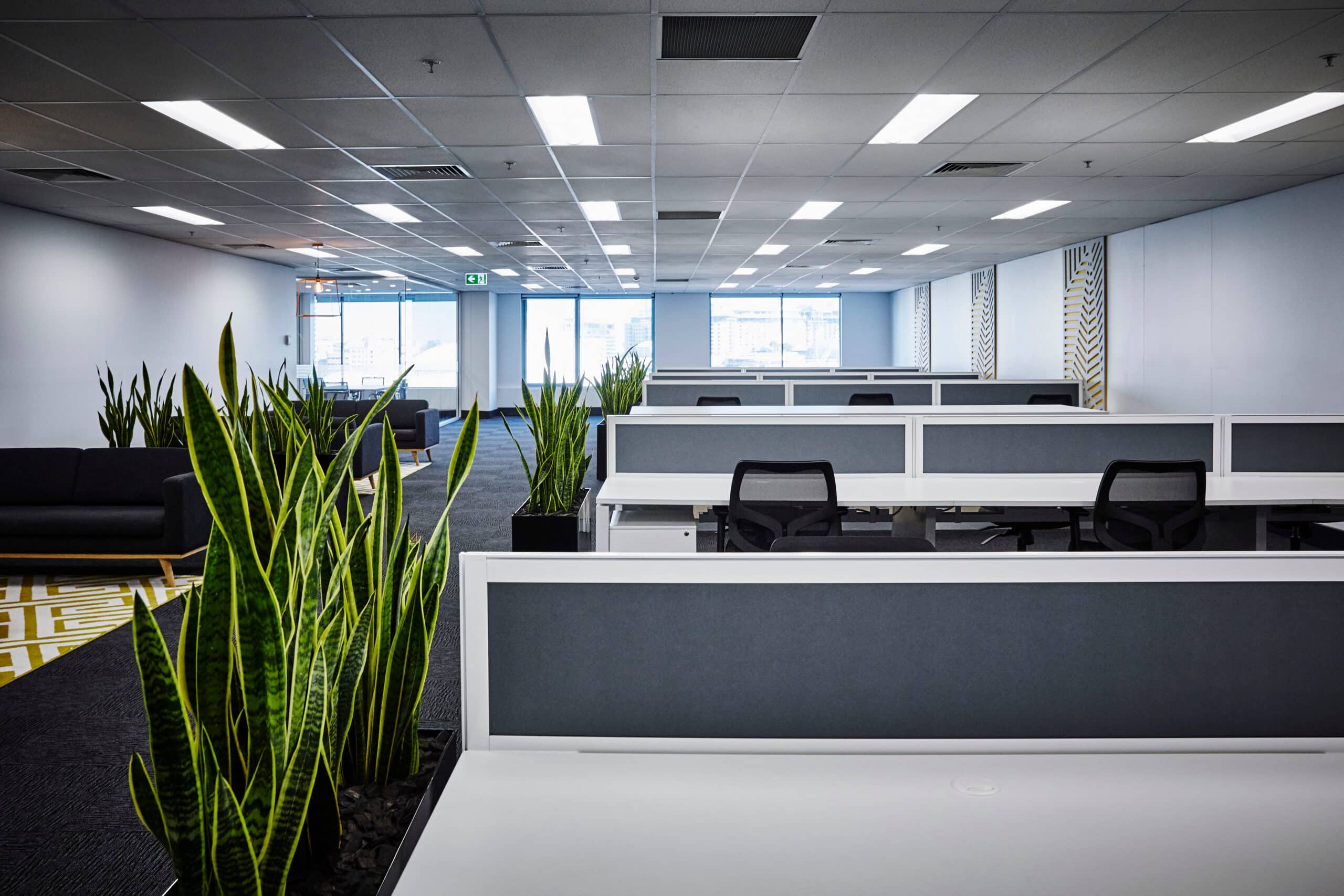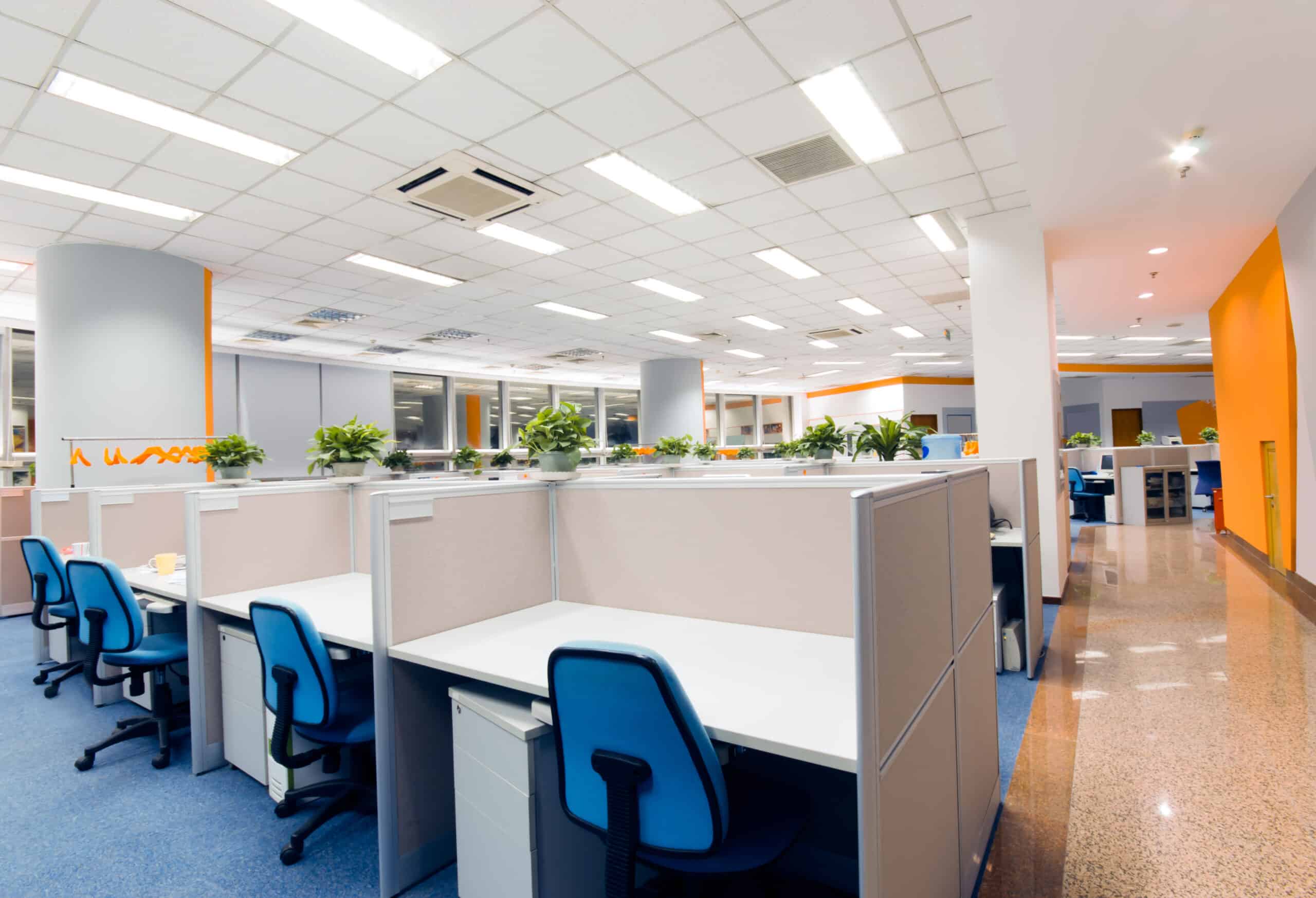Decades ago, telecommuters (also known as employees working out of their home offices) used to be rare. Many employees would have jumped at the opportunity to work from home. Employers were much slower to embrace that arrangement. Fast forward, working from home is commonplace and, in some companies, even the status quo.
It’s easy to understand why employees love the arrangement – they don’t have to waste time or money commuting, they have more flexibility, they can wear whatever they want, etc. Employees have realized that allowing employees to work from home offices means they can reduce the size of their office space and the overhead associated with full-time in-office employees, and they can recruit talent regardless of where in the world those individuals live.
If you’re considering transitioning from working from your company’s office to working out of your home office (part-time or full-time), the following guidelines will help ensure you’re as productive and comfortable as possible in your domestic workspace.
Keep Ergonomics in Mind.
Many households include a room designated as a “home office.” When that home office is used as your primary work location (rather than simply a space to pay bills, do your taxes, and perform other household administrative tasks), you need to be much more mindful of how you furnish it. Your office may be located in your house, but it should be equipped with the same furniture and equipment you’d find in a traditional office. Your desk and your chair should be ergonomically correct (ie: they should be the proper height and/or adjustable so you can maintain proper posture, be comfortable, and avoid developing injuries such as carpal tunnel syndrome, eye strain, back problems, etc.
Find out more about ergonomics in this blog post.
Be Proactive about Soundproofing Your Space.
You may work at home, but you also live at home. Unless you live alone, you share your space with a spouse or partner, pets, children, roommates, etc. These people and pets probably view home as a place to relax and unwind. Sometimes, that can be noisy. Make certain that your home office is located in a room with a door you can close for privacy. To prevent background noise from the TV, barking dogs, roughhousing children, etc. from distracting you, make sure your home office is equipped with a sound machine or, if you’re able to be productive while listening to music, a stereo or radio.
Other ways to sound proof can be found in this blog post.
Let There be Light.
Unlike many traditional offices, your home office probably won’t have a bright fluorescent ceiling light to illuminate your space. More likely, it will have a ceiling fan with an attached light or a ceiling light that’s not nearly as bright as those fluorescent bulbs. That’s actually a good thing! Because your office lighting can effect your productivity!
Supplement your ceiling light with an adjustable desk lamp, floor lamps, table lamps, etc. that are much warmer and pleasing than stark fluorescent lighting. Additionally, if your home office has windows, take full advantage of that natural light by positioning your desk near the window, but parallel to the window panes so you’re not distracted by what’s going on outside. Make sure they’re equipped with curtains or blinds you can close to reduce glare.
Everything Should Have a Place and There Should be A Place for Everything.
Clutter is the enemy of any office, especially a home office. You don’t have to use institutional plastic “office storage” items. You can and should think outside the Rubbermaid plastic box and find baskets, bins, decorative shelving, etc. that is functional and aesthetically appealing.
Make it Your Own.
Whether you work at corporate headquarters or out of your guest bedroom/home office, you should decorate the space so it’s a place in which you feel comfortable, inspired, and happy. Plants, framed photos, fuzzy throws, colorful wall tapestries, floral arrangements, scented candles … choose details and touches that speak to you, and incorporate them into your home office.






